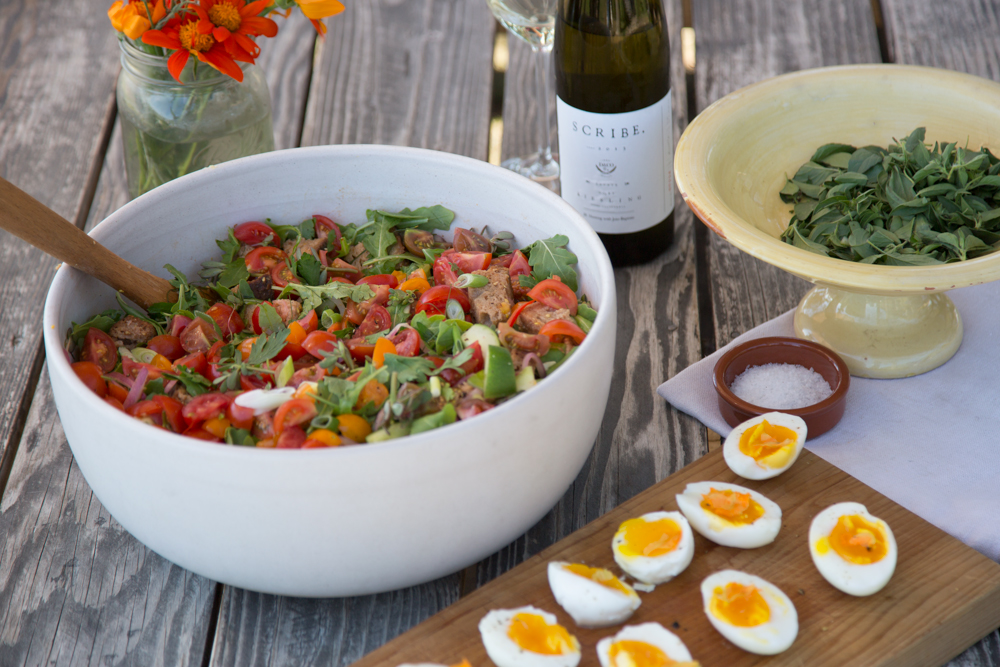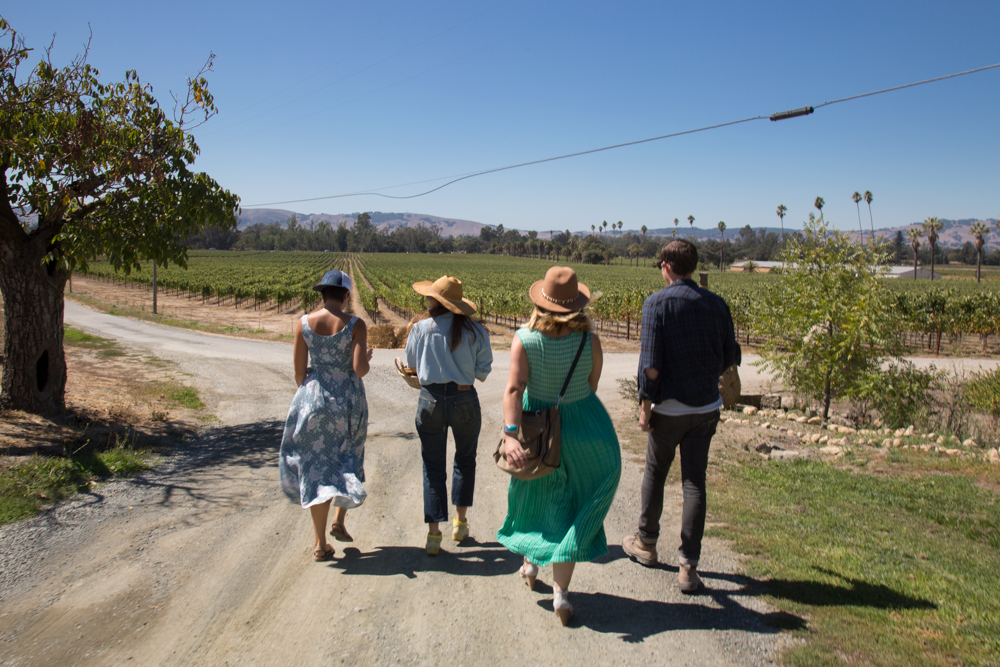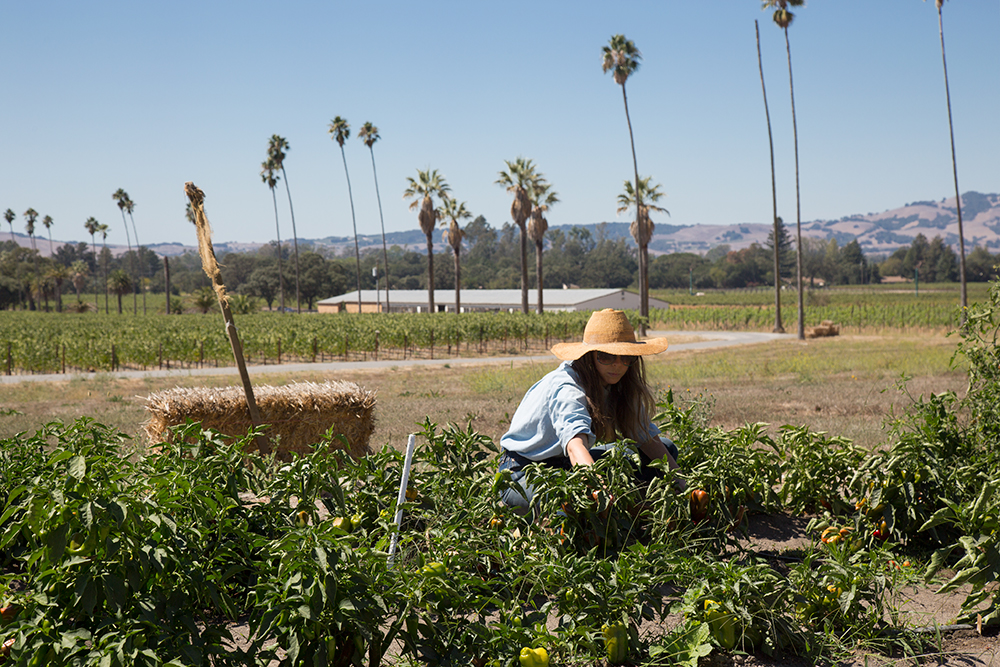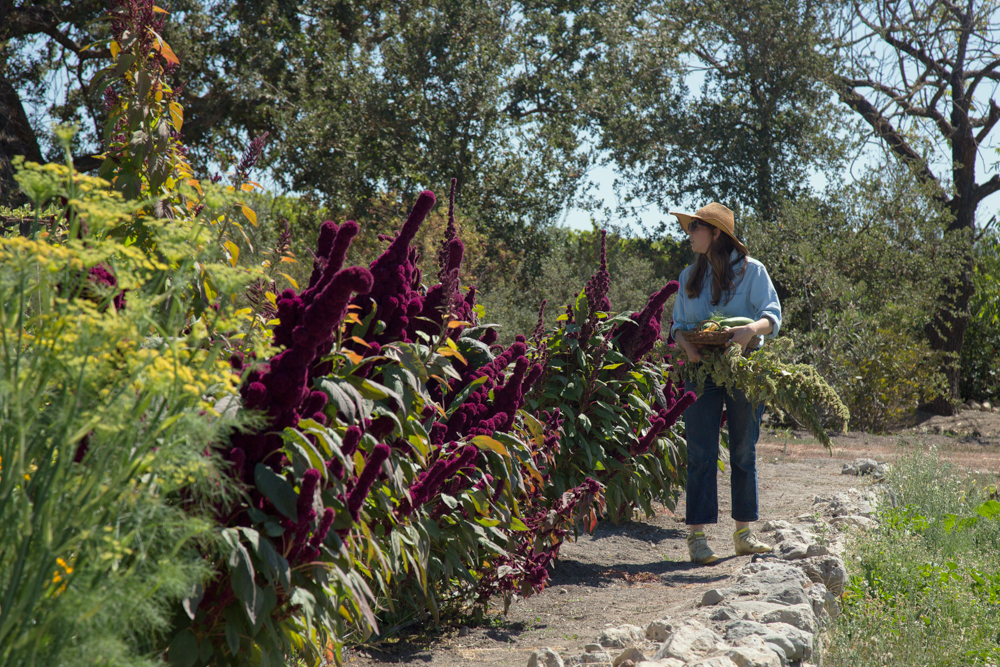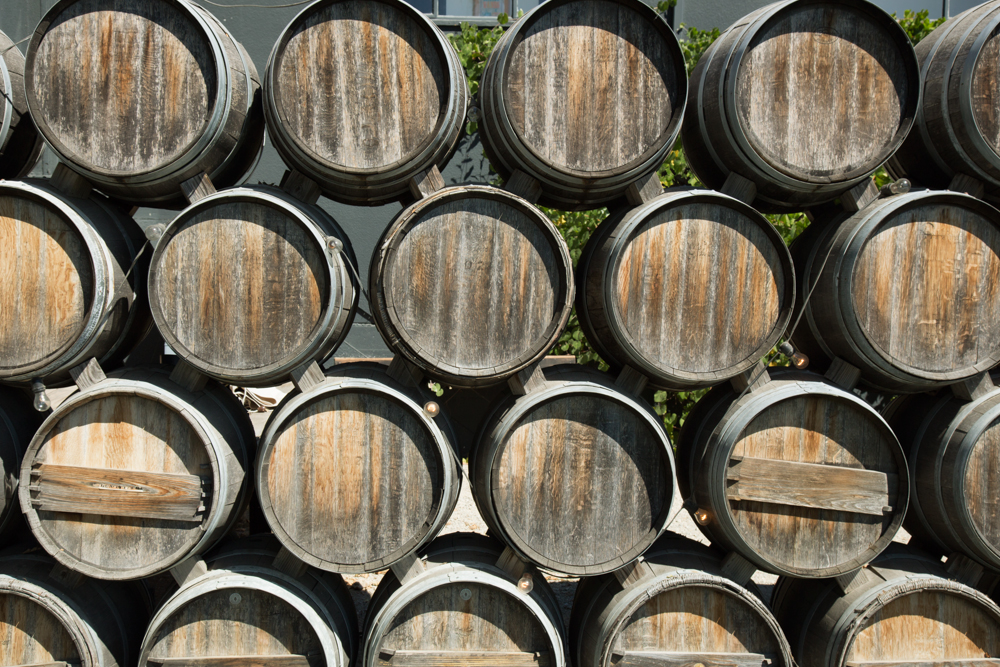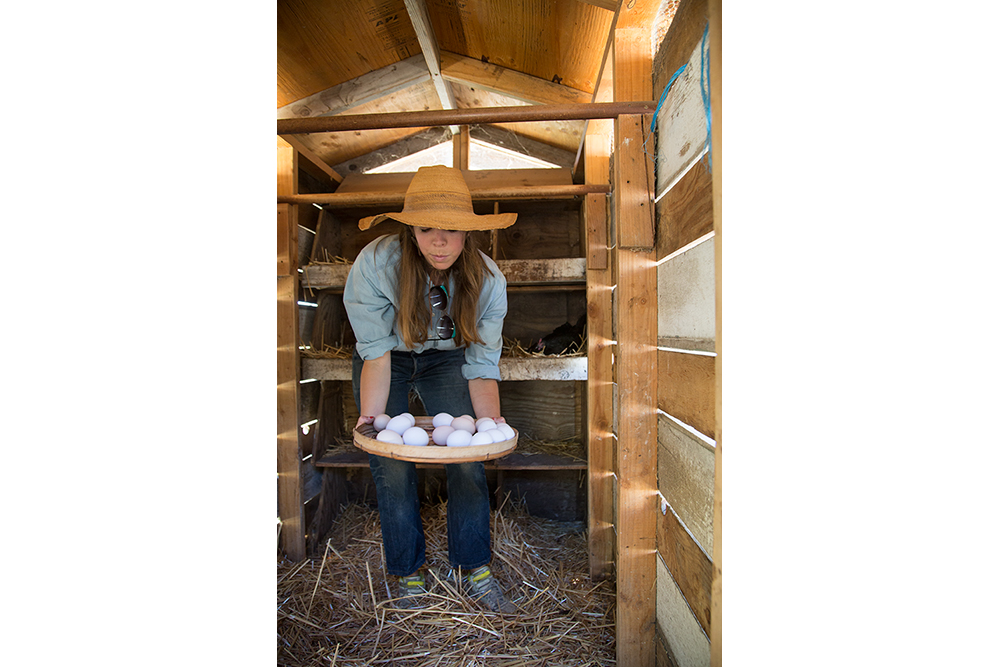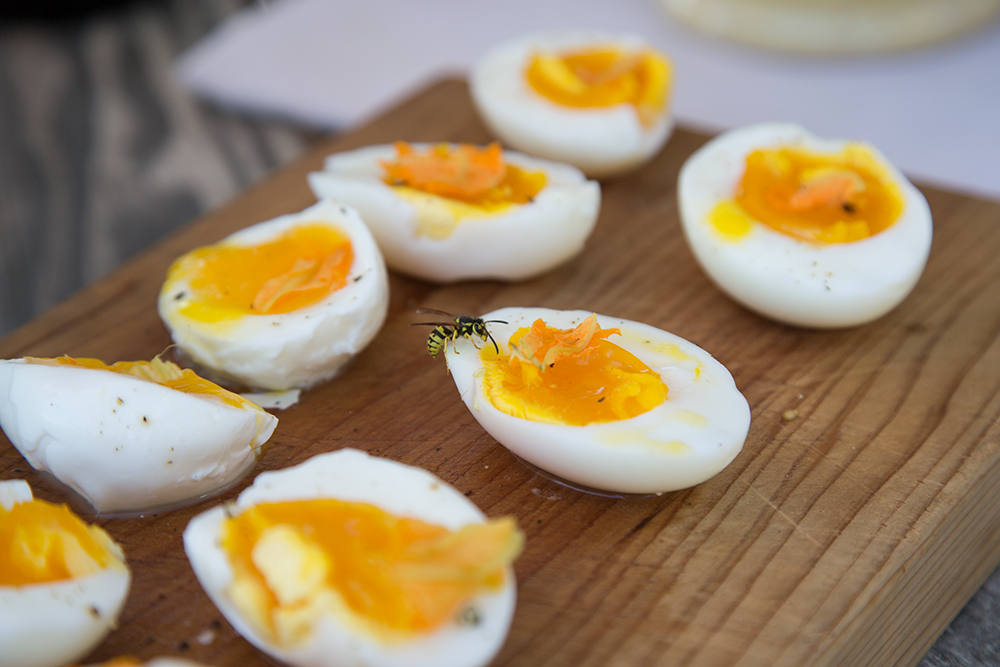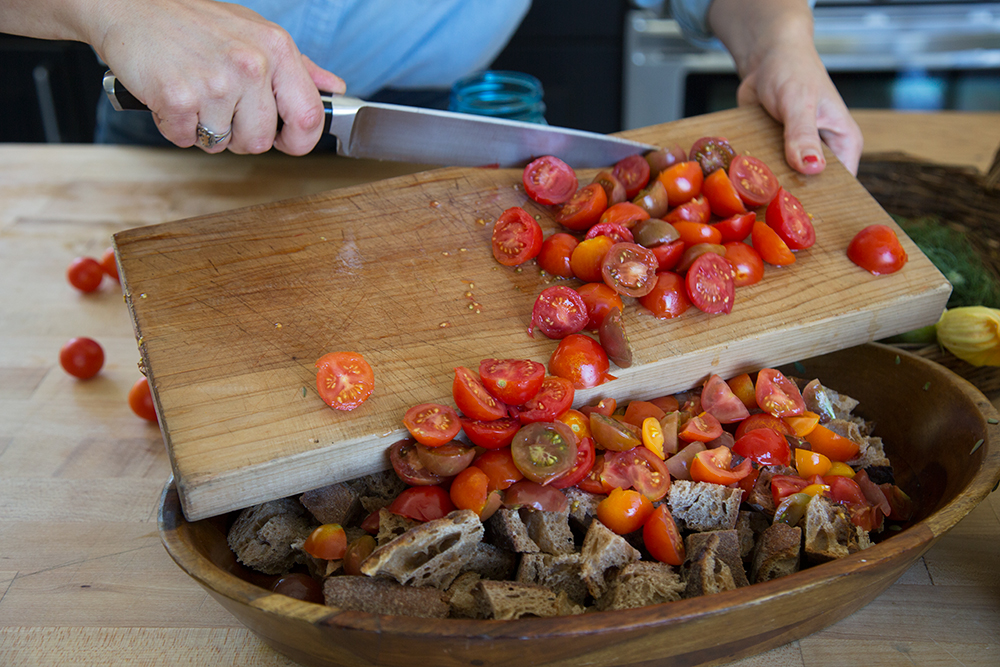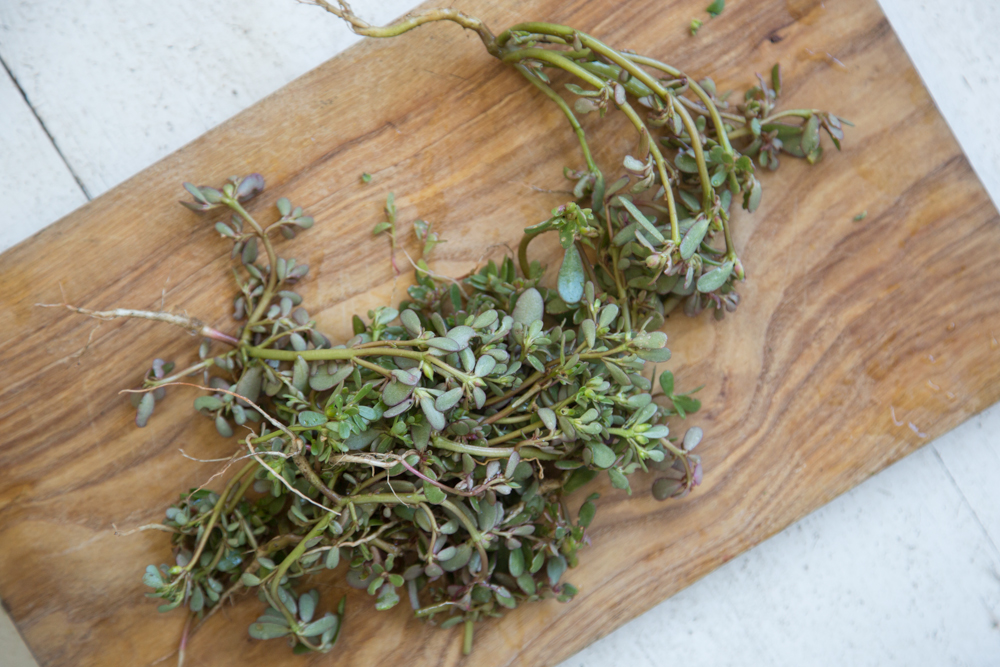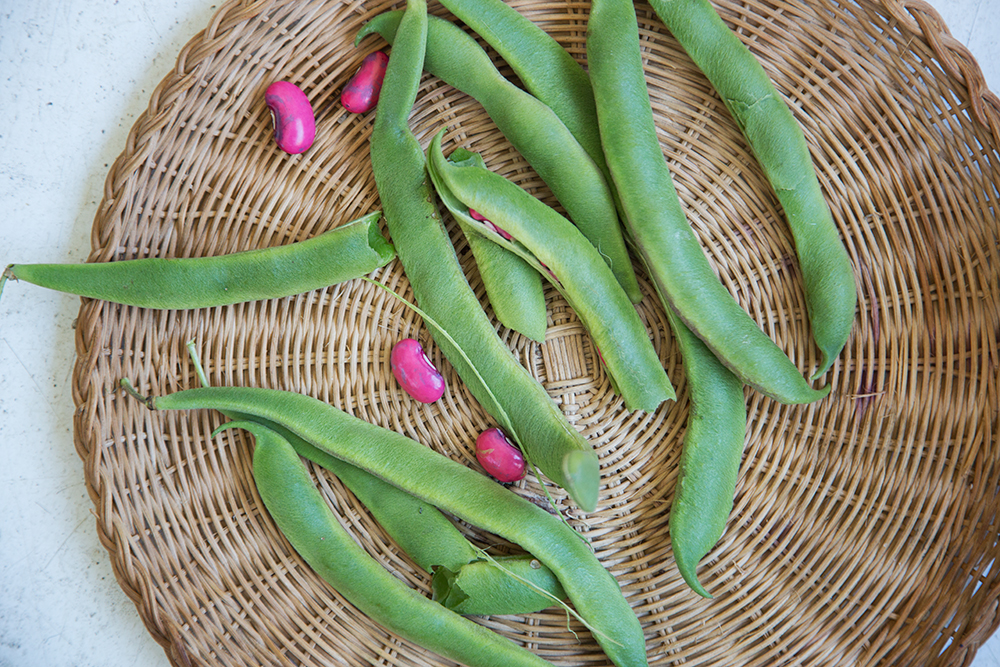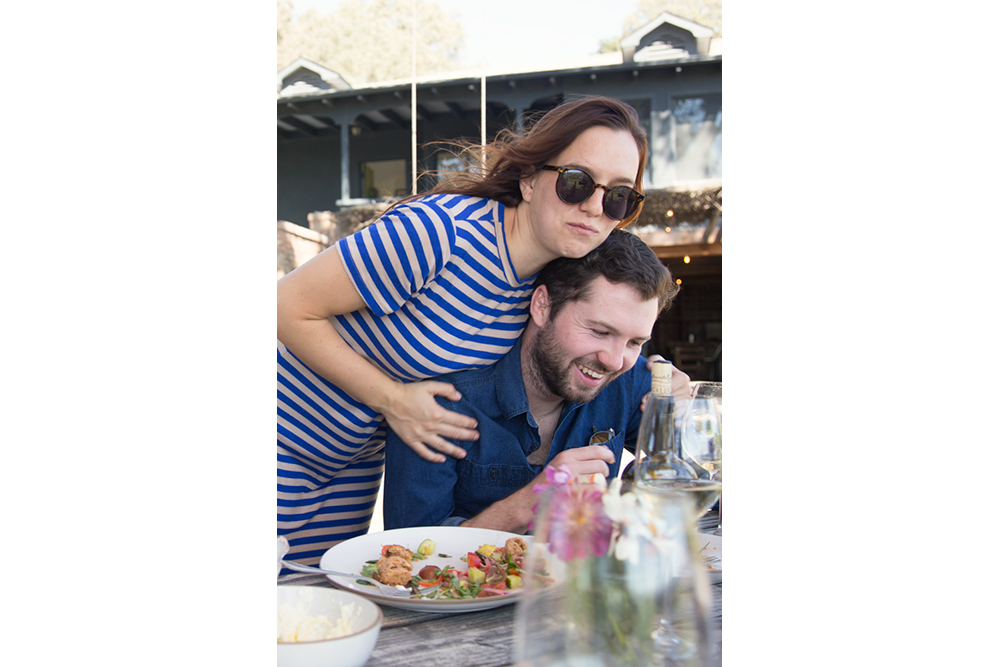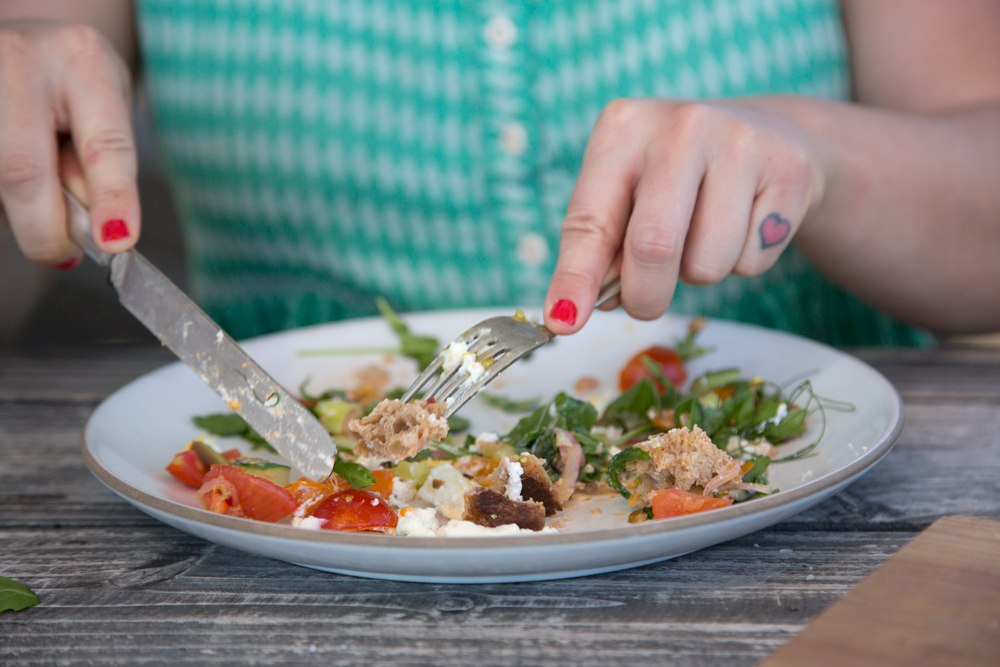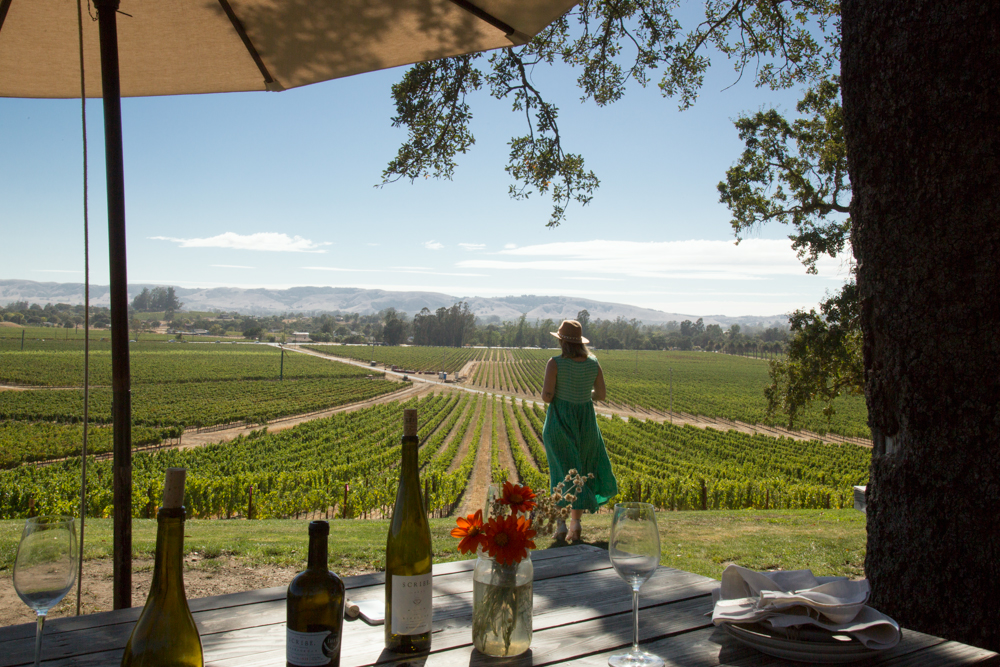Arugula, Bread, Summer Squash, Tomatoes, Cucumber, and Wine
Scribe Winery’s End of Summer Panzanella
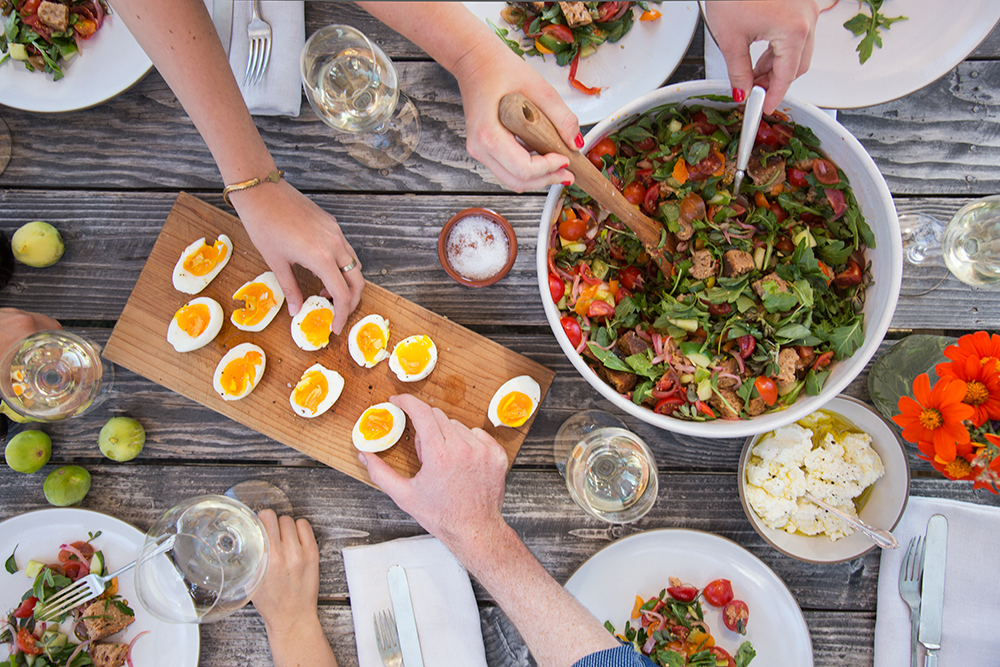
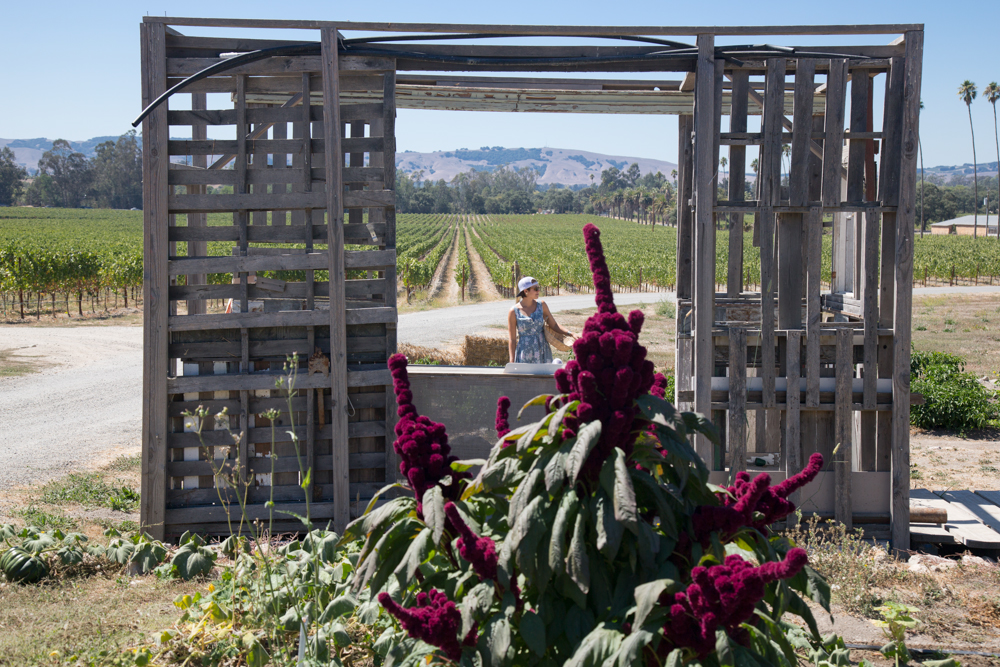
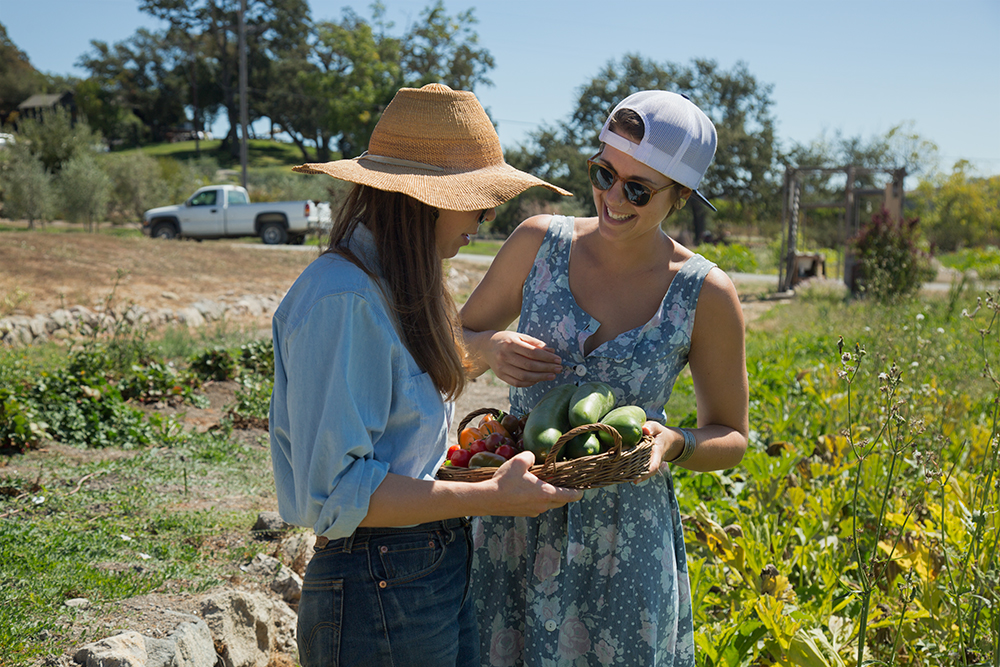
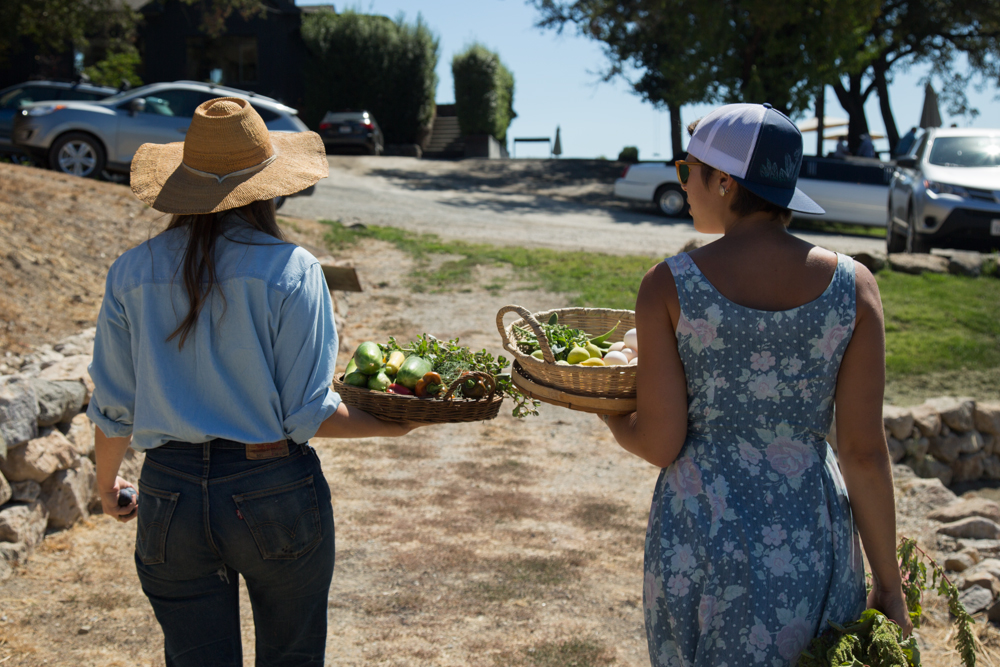

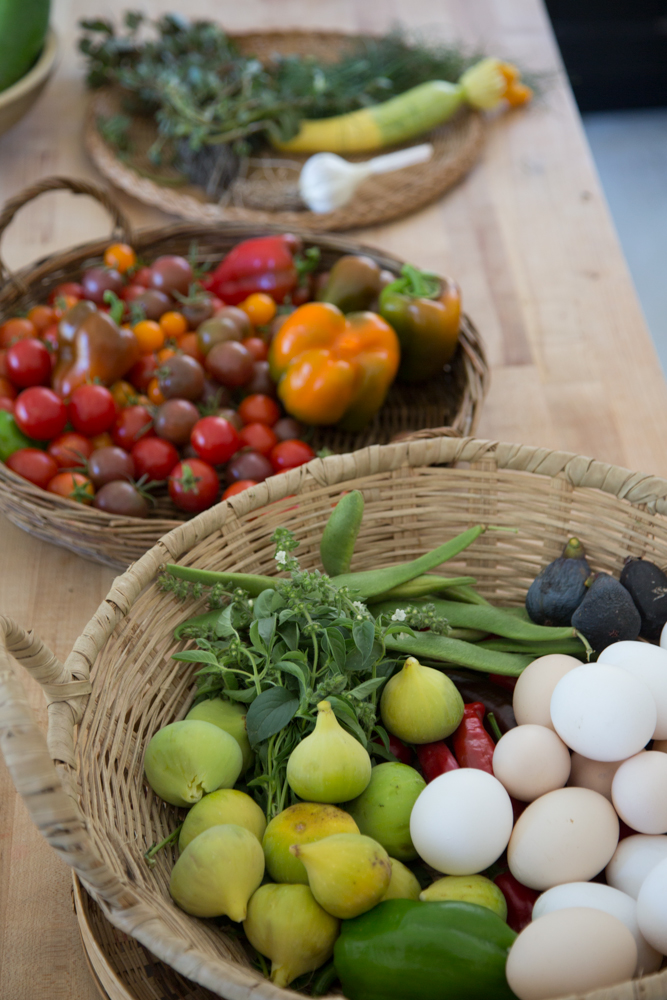

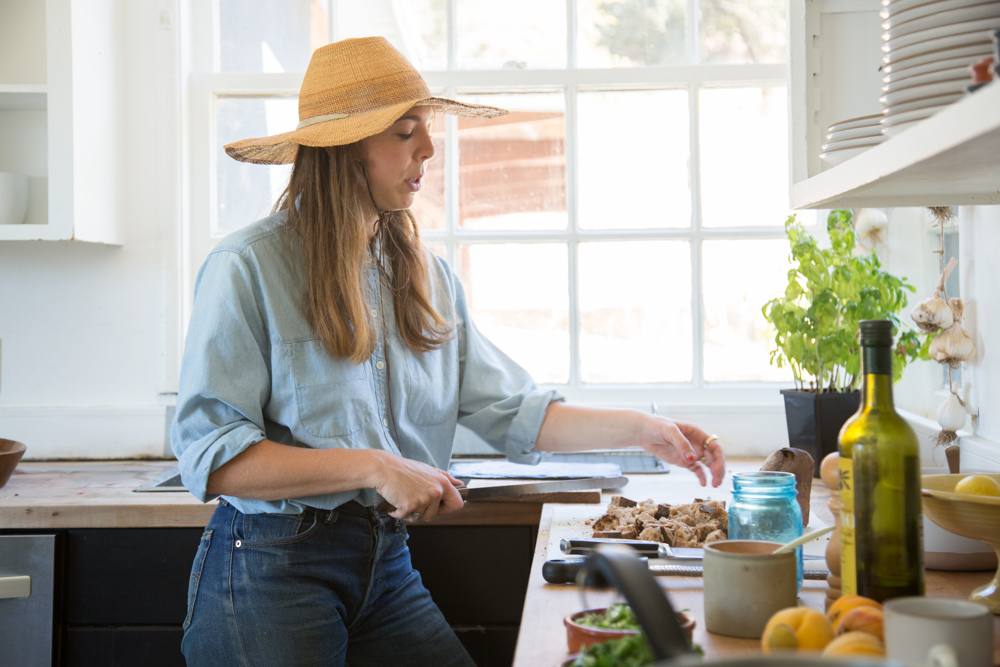
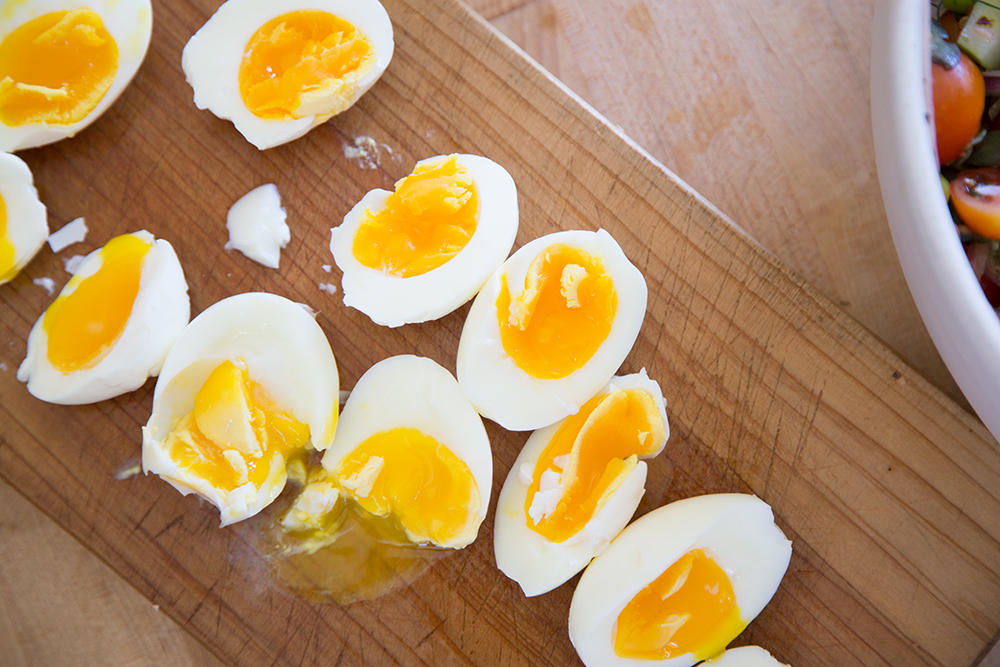
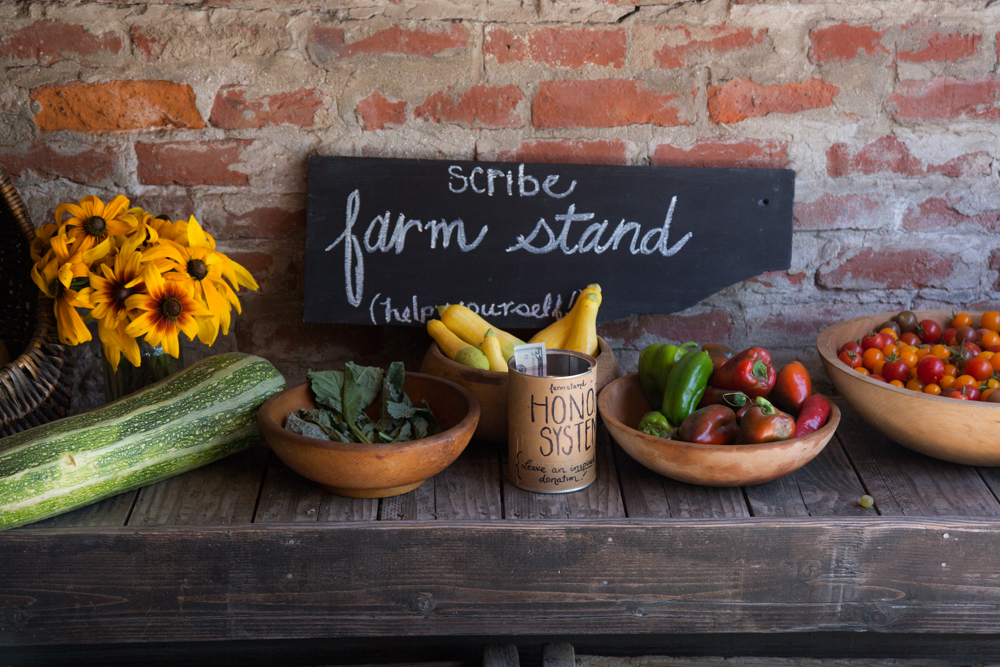
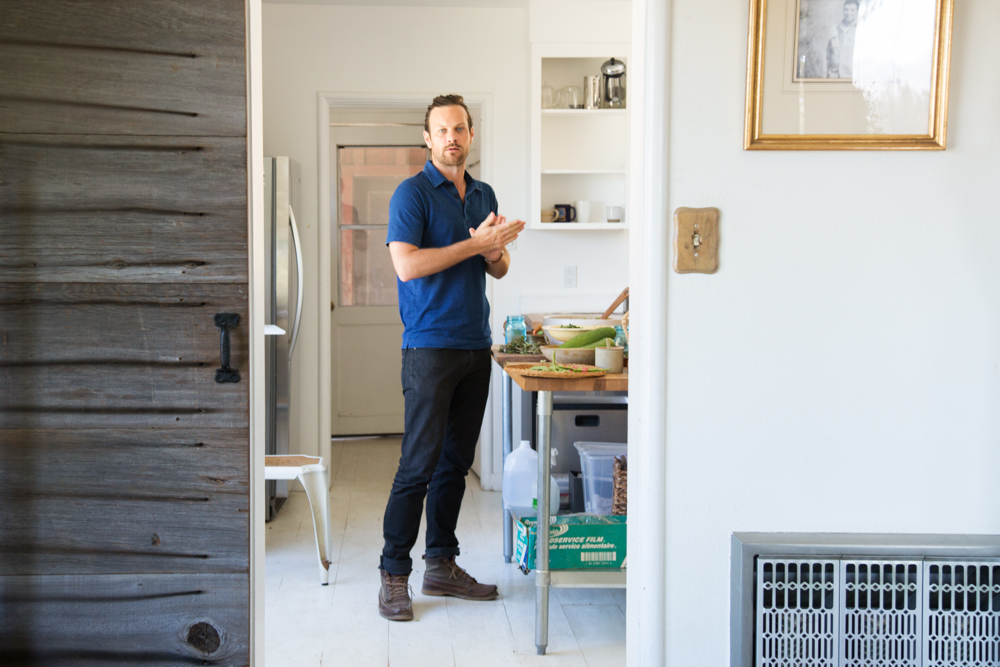
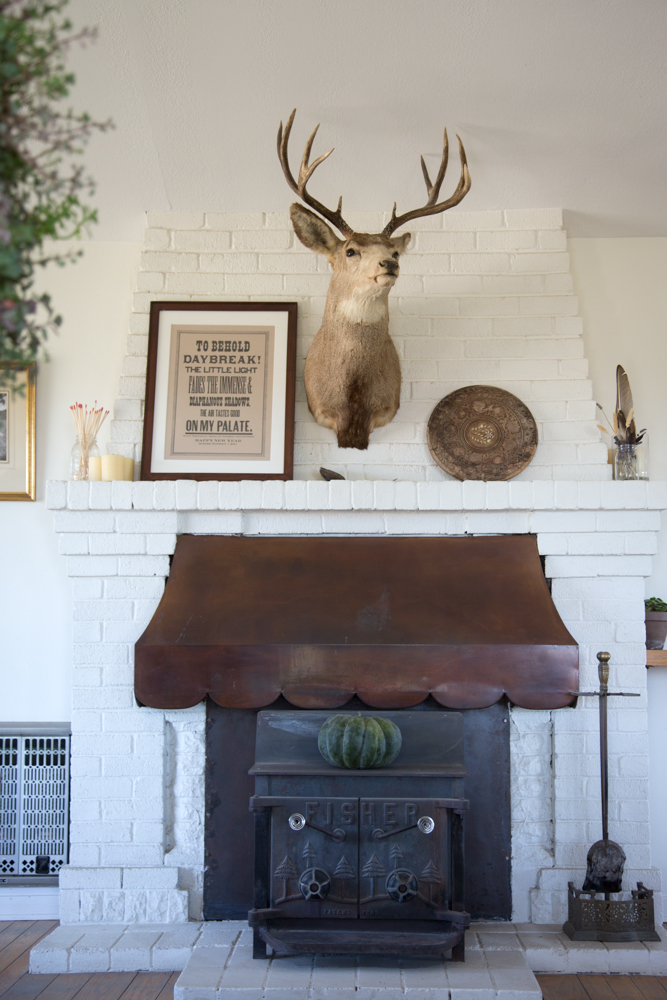
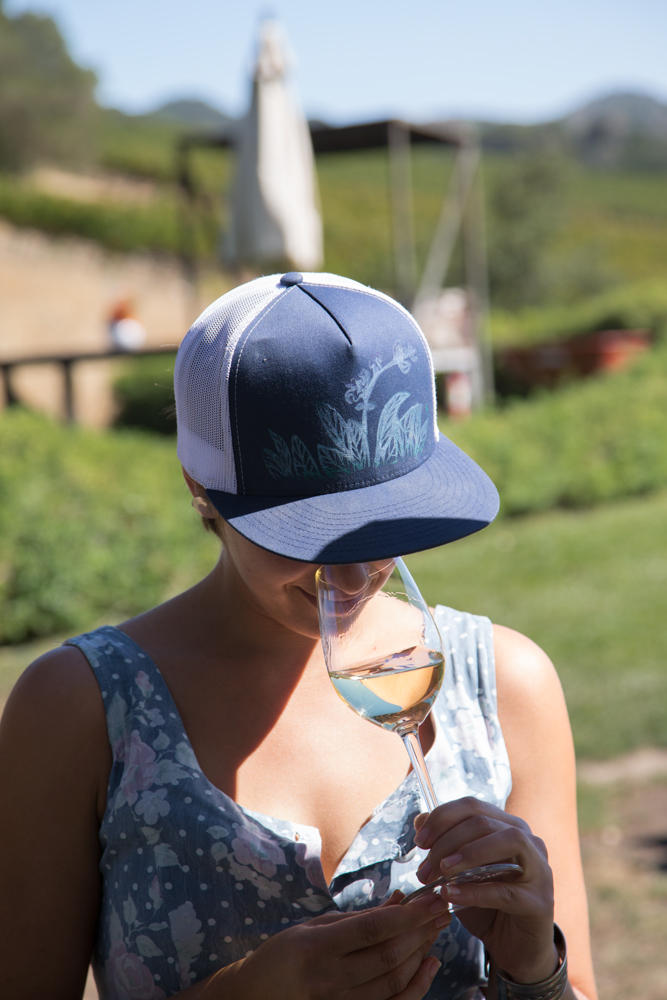
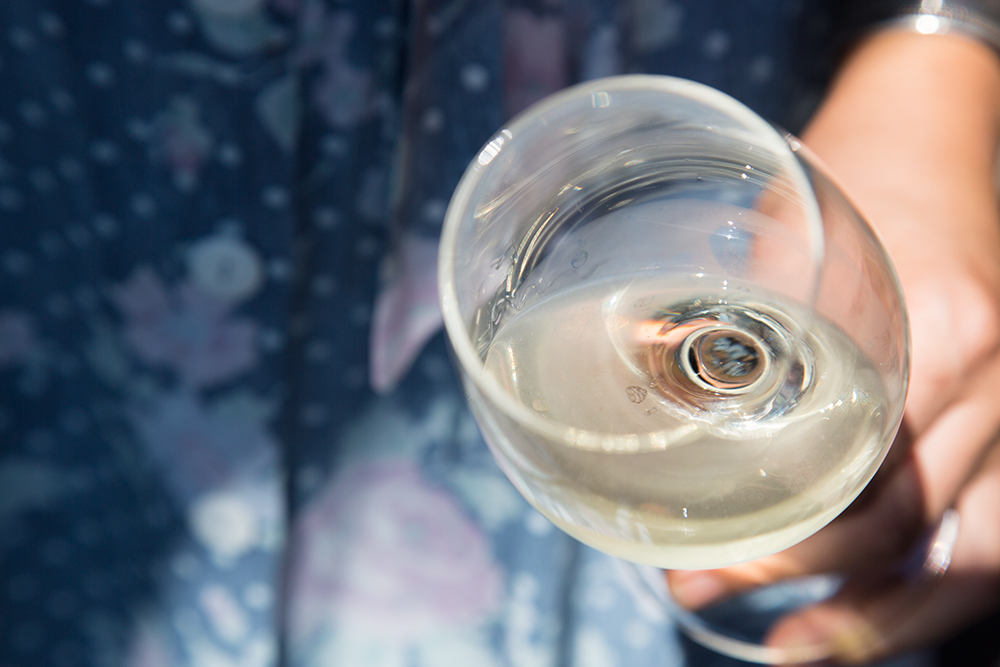
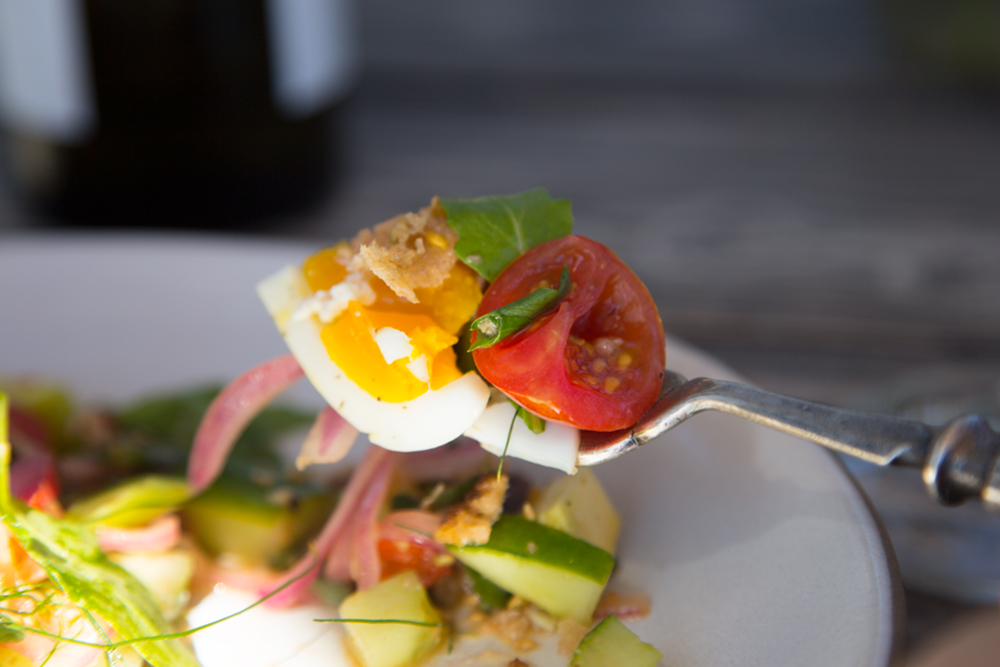
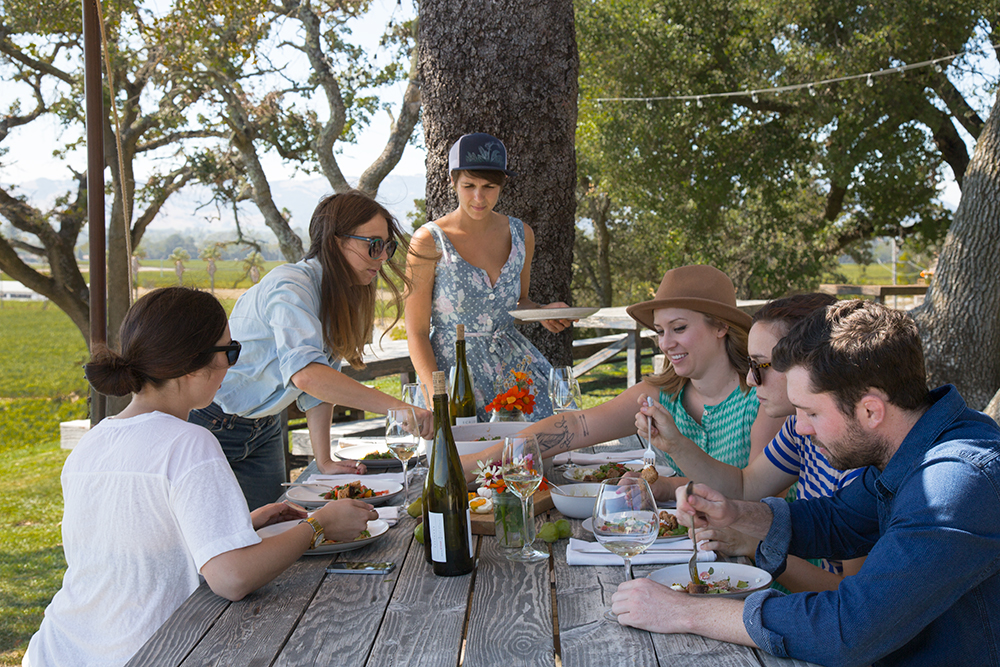

NOTES
Panzanella is more a concept than a recipe, and it does not suffer from a slight overload (or for that matter, paucity) of ingredients. Panzanella is in essence bread and tomatoes, although apparently the original definition would have included only bread and onions, no tomatoes or herbs. Emma’s uses bread and onions as a base and adds a whole bunch of other fresh ingredients to the mix.
The quantities and balance of the salad are really a matter of preference and depend on what you have on hand to play up the contrast between the juicy, softened bread with crisp vegetables and bright herbs. Consider this an elegant “leftover” salad – old bread (ours came from the local baker Mike Zakowski, The Bekjr), potentially overripe tomatoes, whatever is in the fridge or garden. Everything used here came from the garden, so we didn’t have to buy a thing.
RECIPE
DIFFICULTY
EASY
SERVES
6
PREP TIME
10 MINS
Salad Base
-
1redonion
-
4-6cupscherry tomatoes or several heirloom/beefsteak tomatoes
-
1/2loafstale pain de campagne or any rustic country loaf
-
red wine vinegar
-
olive oil
-
salt and pepper
Additions
-
1zephyr squash, cut into 1/2" pieces
-
1cocozelle zucchini, cut into 1/2" pieces
-
1diva cucumber, cut into 1/2" pieces
-
1gypsy pepper, seeded and sliced into thin strips
Green things
-
1cupwild purslane, snipped into florets and small pieces
-
1-2cupspicked herbs: parsley, mint, basil
-
3cupsarugula
-
1-2scallions, sliced on the diagonal
POSTED UNDER
- Entree Salad,
- Sonoma,
- SUMMER
On my recent trip to Northern California, I received an unexpected Instagram message from Emma Lipp, whom I had not previously met. It read, “I see you are coming to SF. Any chance you can take a detour to Sonoma? We could make you a great salad at Scribe Winery, where I work.” Exhausted from a long week of events and travel, I didn’t consider it a possibility: I had no car, no time, and a pathetic sensitivity to jet-lag.
But when I casually mentioned the flattering invitation to my friend Kiersten Stevens, she looked at me incredulously. This was not just some winery. Scribe is one of the most desirable destinations just North of San Francisco – an appointment only, all natural winery with a one-acre farm, impeccably designed interiors, and a crew of some very cool kids with amazing food and wine pedigrees of their own. They are known for their fabulous dinner events with chefs like Sylvan Bracket (of Peko Peko) and Chris Kroner (formerly of Bar Tartine) and their “pick-up” parties for wine club members.
Kiersten offered to drive and we hopped on the road, heading North to Sonoma. We were greeted by Emma, who works in the tasting room, and Kristen, who works on the farm. Soon, we met Andrew and Adam Mariani, the two brothers who founded the impeccable operation. Each person on the Scribe crew offered her own description of the three salad dinner they had collaborated on the night before – a meal that sounded as blog-worthy as any. The staff was glowing as we toured the garden to collect ingredients for the salad we would have for lunch. We strolled the grounds eating figs right off of the tree (they were almost baked in the sun) and collecting tomatoes, fresh eggs, and wild purslane. It was all as effortless as it appears in the photos, for once.
Emma’s salad was a reflection of Scribe’s ethos: she made use of what was growing, favoring the terroir over any kind of ostentatious performance of luxury. Even the day-old bread she used for the panzanella came from a neighbor down the road. Emma poured copious amounts of crisp white wine as we shared our meal, looking out over the vineyard. We drank a Chardonnay fermented with the skin on that tasted nothing like the buttery Chardonnays I had tried in the past. There was a dry Reisling, too. I purchased both for my camping trip that weekend, which made my rustic experience feel quite refined – my favorite combination of high-low.
When I asked Emma if they had ever considered making vinegar, she told me yes indeed they had. Alice Waters had given them Julia Child’s very own Mother of Vinegar. That should give you a sense of what we are dealing with here…
Emma Lipp In Her Own Words
Julia: Was there a passion in your life before food?
Emma: Yes, I made performance art. There’s a lot of parallels between performance and restaurants, energetically, as well as their work cultures. So many moving parts. I gradually became more interested in the true liveness of the meal – the reality of it – instead of the imposed liveness of formal performance. I like real people. But I am totally preoccupied with the fashions of sustenance.
Julia: You and I share a love ceviche, tell me about your ceviche cart?
Emma: I had a ceviche stand at the Bushwick Farmer’s Market called Loncheria. One of the best things I’ve ever done. I am really obsessed with Mexican bodegas and the carts where a woman is only selling one thing, like tamales, or elotes. I used all sustainable seafood from Mermaid’s Garden in Brooklyn, who I used to work for, and non-GMO tostadas from Tortilleria Nixtamal in Corona, Queens, and served it in a super beachy vibe like in Baja. I would totally love to bring it back. (@loncheria on instagram)
Julia: You guys have an impressive garden at the winery. Do you share the responsibility?
Emma: The garden is run by Kristen. We all pitch in, and we have a donation-based farmstand when the bounty gets good. I just try to somewhat keep up on cooking or canning our produce.
Julia: You went from working in restaurants to working in wine. How would you compare the two?
Emma: As a server in a restaurant with a strong wine program, you are working in wine – in sales. I loved this aspect of serving, and it kept me in the business for a long time. A good server uses language and intuition to steer a customer to something that they might truly love – or at least will pair with their meal – and that might make them feel something.
I love being in the same place every day at the winery, looking out at the same view. I am so much more aware of seasonality and the factors of agriculture than you could ever be working in the city. It starts to make sense how these things affect the grapes and also our human experience of the wines.
Julia: What sets Scribe apart from other vineyards?
Emma: Scribe is unique because in addition to being a beautiful place with delicious wine, it is contemporary and fluid. There are many interesting people that work there or come through or participate in it as an entity. Andrew and Adam have created a compelling environment that allows wine to be a cultural connector. So many wineries emphasize the experience of luxury, of aspiration. The Scribe experience is about enjoying life.
Julia: Tell me how you ended up working at Scribe?
Emma: I tasted at Scribe in 2010 when there was still only one picnic table. It was a memorable day—the property is truly magical. When I left New York last winter, I thought to contact the guys and it turned out to be a great fit.
Julia: What is your approach to food at Scribe? Sharing meals amongst the staff seems like a large part of your everyday experience.
Emma: At Scribe there is a lot of ad-hoc, collaborative salad making by the staff – assembling quickly whatever leftovers and things from the garden are lying around. (When in doubt, put an egg on it.) I wanted to make a salad that was just a more structured version of this daily practice. Panzanella sprang to mind immediately, as we were currently experiencing a bumper crop of tomatoes, and had half a loaf of Campagne bread that was already over a week old. Lucky for us, it was made by Mike Zakowski, aka “The Bejkr,” who lives down the street and makes excellent bread. A nice authentic reflection of what everyday food looks like at the Scribe farm.
Julia: how does food factor into the experience of both visiting Scribe, and of working there?
Emma: Andrew and Adam make wines to be brought to the table, wines that compliment food in an easy manner. Wine is a truly important aspect of a meal, of being stimulated and enjoying company. Wine is slowing down and reflecting—it is very transportative. Food and wine go hand in hand at Scribe; we all like to eat. Accordingly, we have dinners and parties for our wine club, featuring great chefs.
Julia: I bought your skin-on Chardonnay and it was unlike anything I have ever had. What does leaving the skin of the grapes on do to affect the taste of the wine?
Emma: Typically, white wine grapes are pressed before fermentation. When you ferment whole berries instead, richer characteristics (as well as hues) are imparted to the wine by the tannins in the skins. It was a good wine to pair with the salad, actually. Some whites are too acidic for green things. This was made with chardonnay clone 809, which is super lush and aromatic, but balanced by the skin fermentation’s earthiness.
Julia: Tell me about the new construction that is going on. What are your plans for the new space?
Emma: The Hacienda is an incredible historic building on the Scribe property that has a lot of ghosts and history floating through it, especially from its time as a bootleggery during prohibition. It is currently undergoing a full renovation, so food and wine will be enjoyed again there soon.
